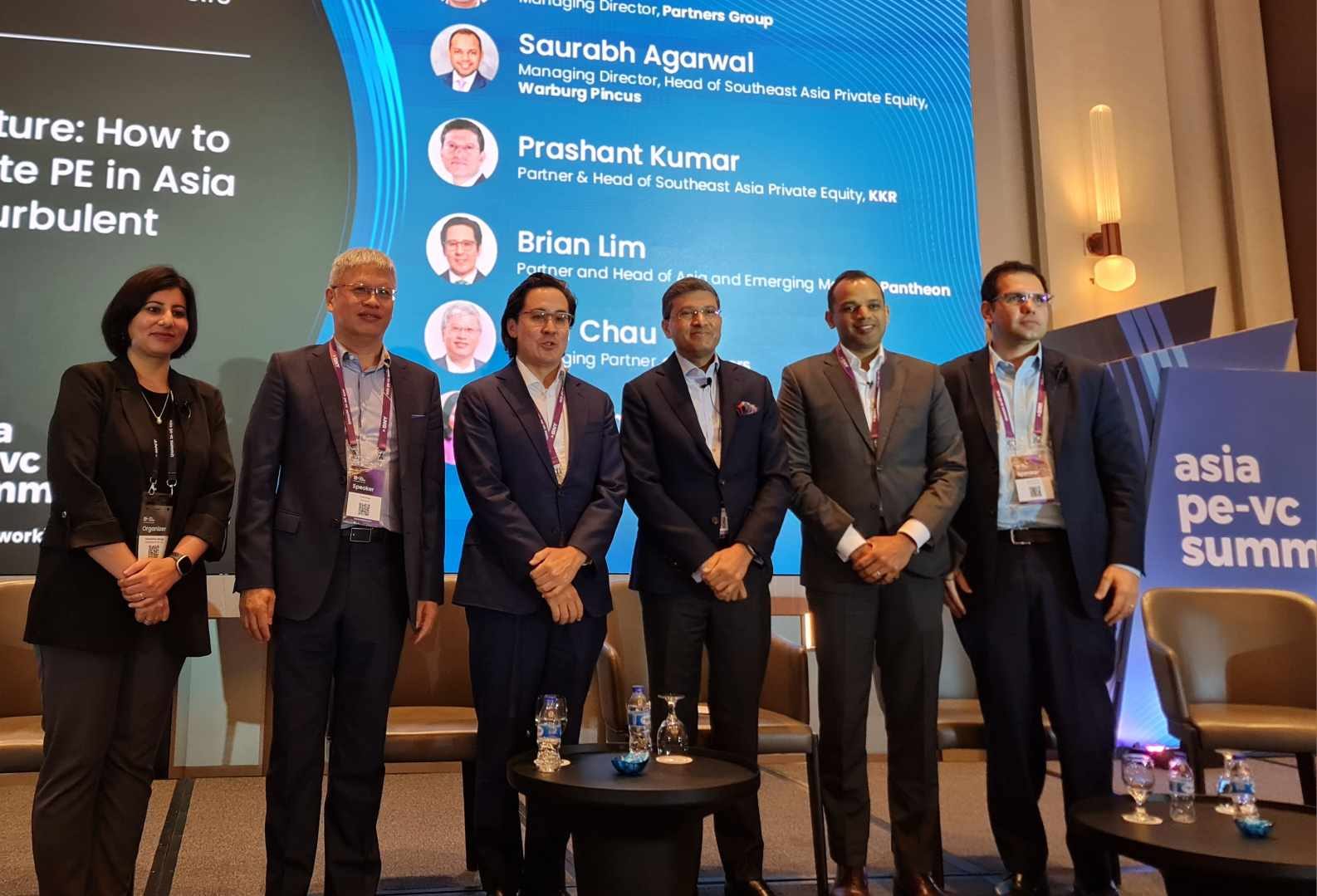The continuing slowdown in exit activity has been a key reason for turbulence in private equity (PE) dealmaking in Asia, according to leading industry executives at the Asia PE-VC Summit 2024.
Register now to enjoy 3 free articles per month,
or log in to continue reading.
Stay informed with complimentary articles each month
Gain access to our exclusive newsletters delivered directly to your inbox
Be the first to know about all our summits!
Already a Subscriber? Log in




